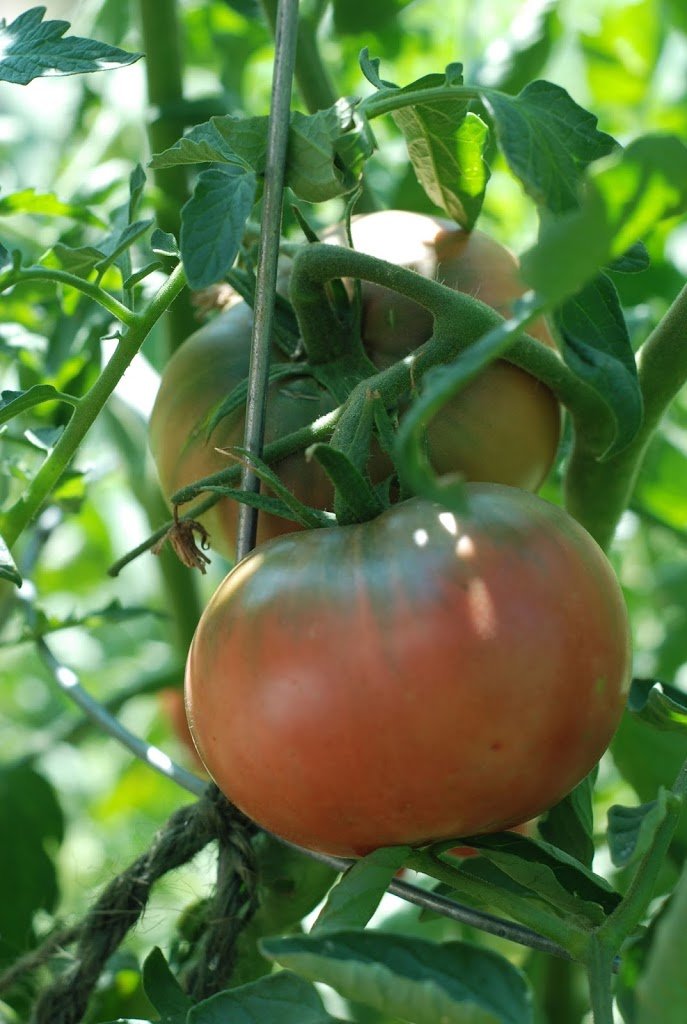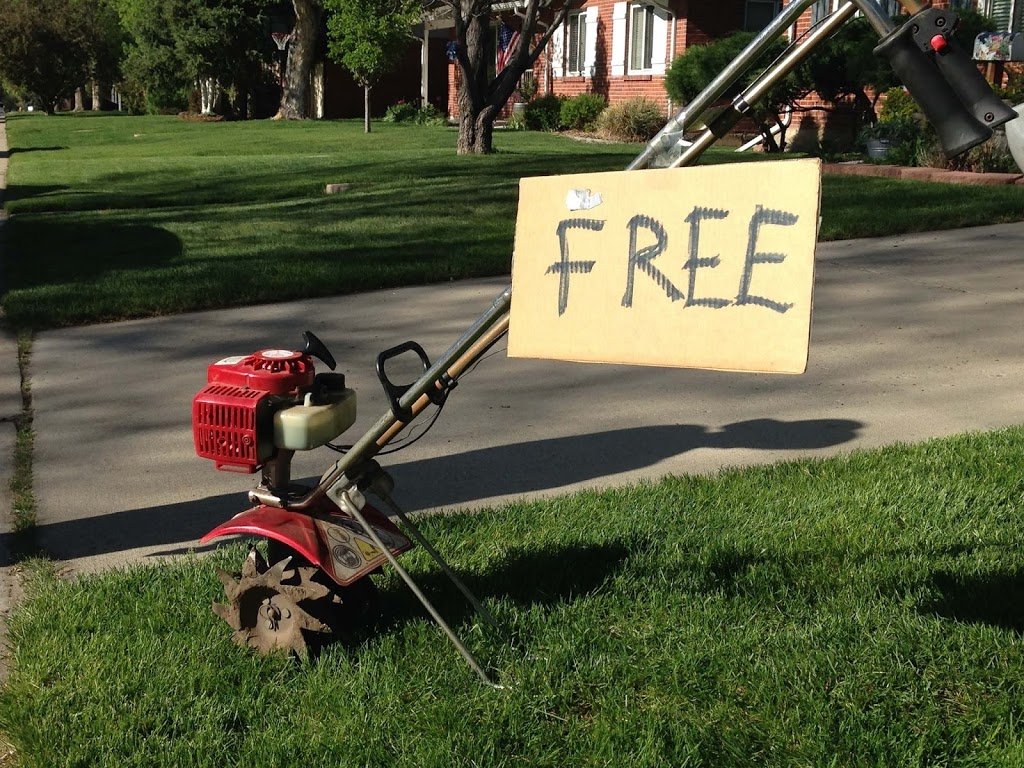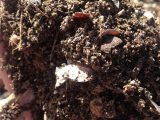
Blossom End Rot
April 16, 2018Your tomato plant is doing great. You water it like clockwork and swear you can see the thing grow right in front of you. A half dozen golf ball-sized spheres, your first Mortgage Lifters of the season, take shape. This is going to be your best tomato year ever.
A small spot, barely noticeable, appears on the bottom of each tomato. It’s nothing to get excited about at this point. That is, until that tiny spot grows right along with your once promising Mortgage Lifters and matures into a huge rotten spot on the bottom of your beautiful fruits. Say hello to Blossom End Rot. But why did it happen?
 |
| Blossom End Rot on Early Girls photo courtesy of Tonya Carol |
Blossom End Rot is caused by a calcium deficiency. Ironically, the one thing Denver’s soil is not lacking, is calcium. The quick fix, fellow gardeners will tell you, is to add egg shells or limestone around the base of the plant but these only address the symptom and not the underlying problem…
The plant itself is beautiful, green, healthy. You fertilize per the instructions, water it everyday, twice a day sometimes, if it’s really hot… and there’s your problem.
Over-watering and/or lack of drainage.
The marshy conditions you’ve created prevents the plant from absorbing the necessary calcium, leading to the Blossom End Rot.
If you want to clear it up and protect your tomatoes and peppers from Blossom End Rot, cut back on watering and improve drainage. Let’s solve the problem and NOT the symptom.
Keep it on the dry side. Let those roots breath.

